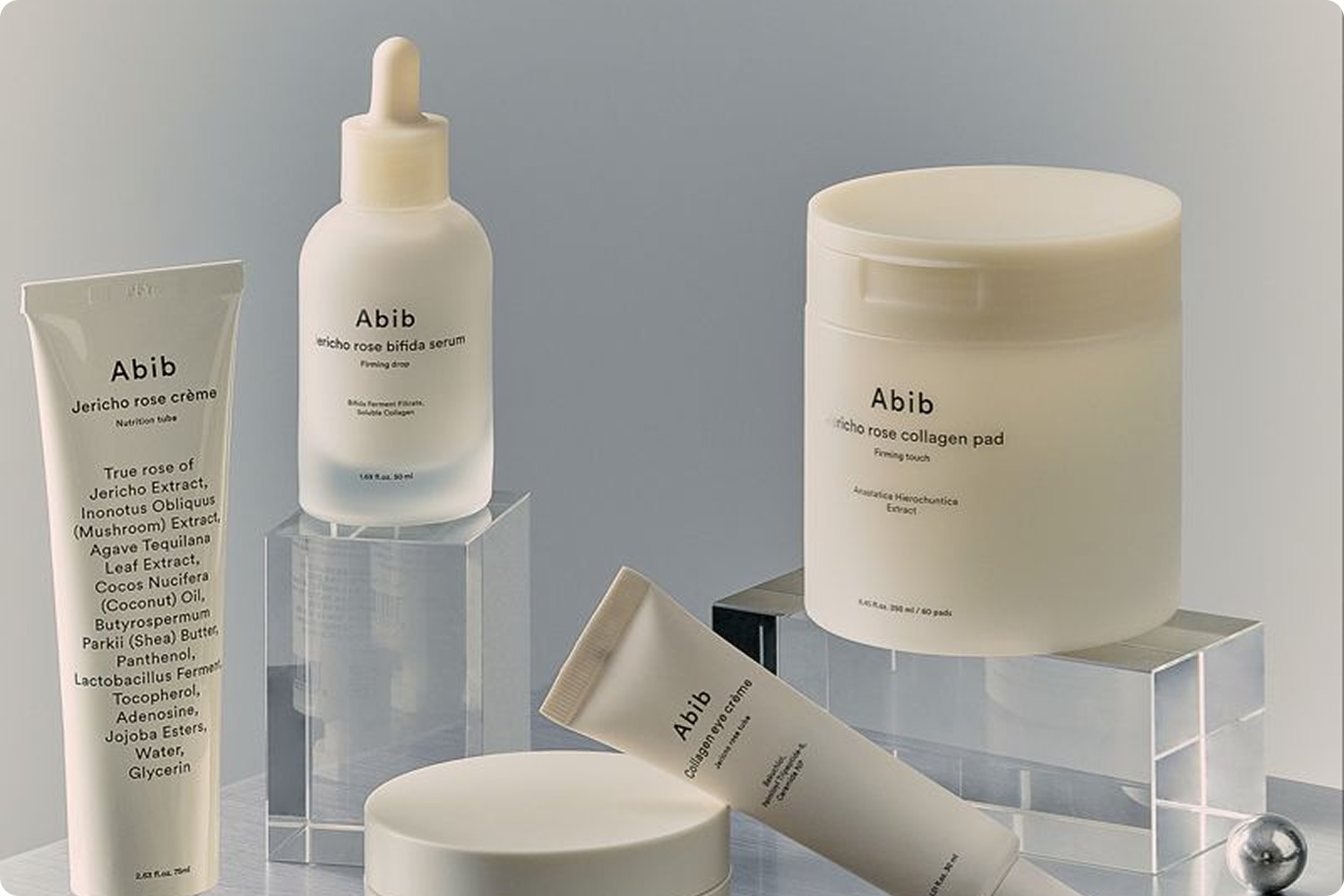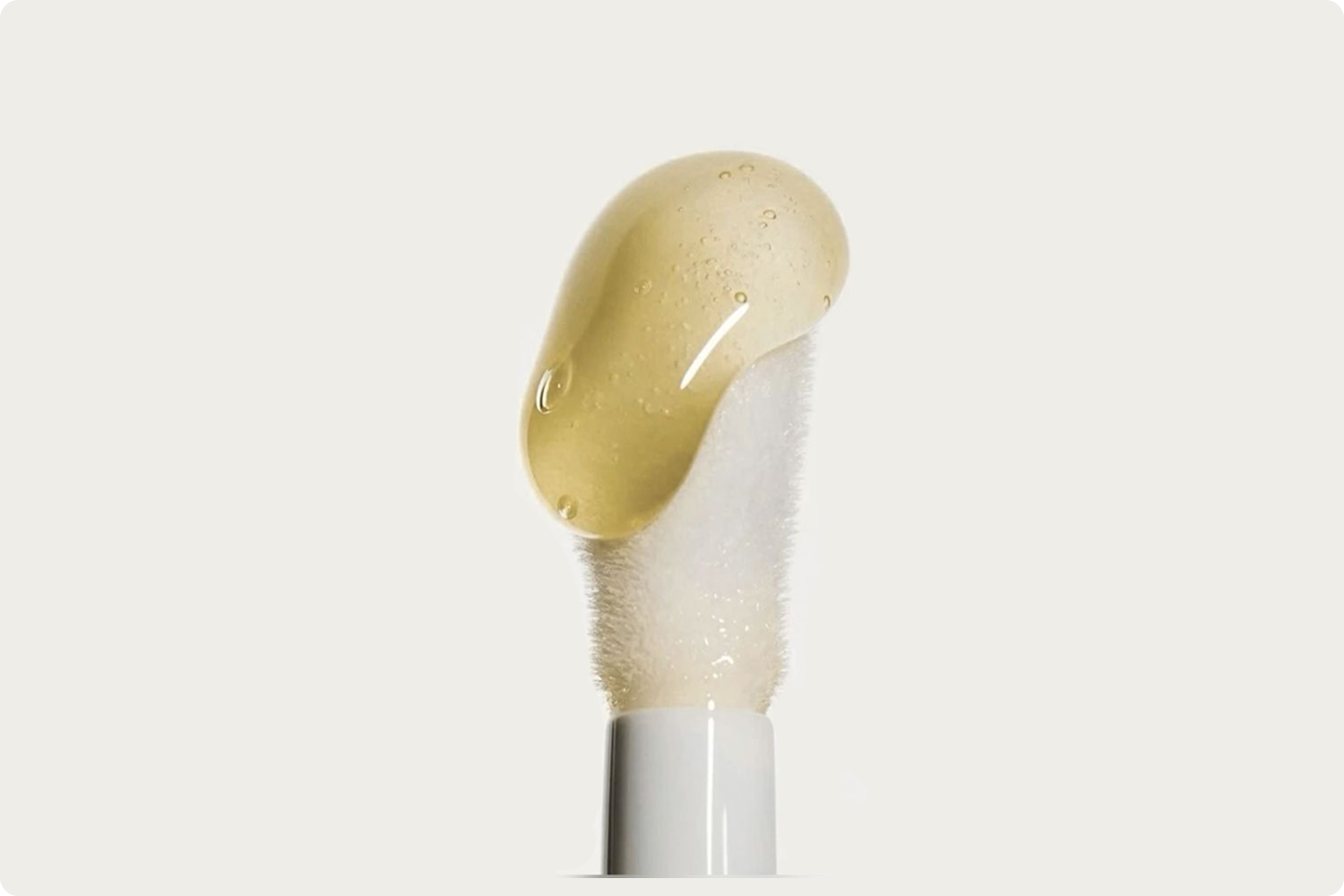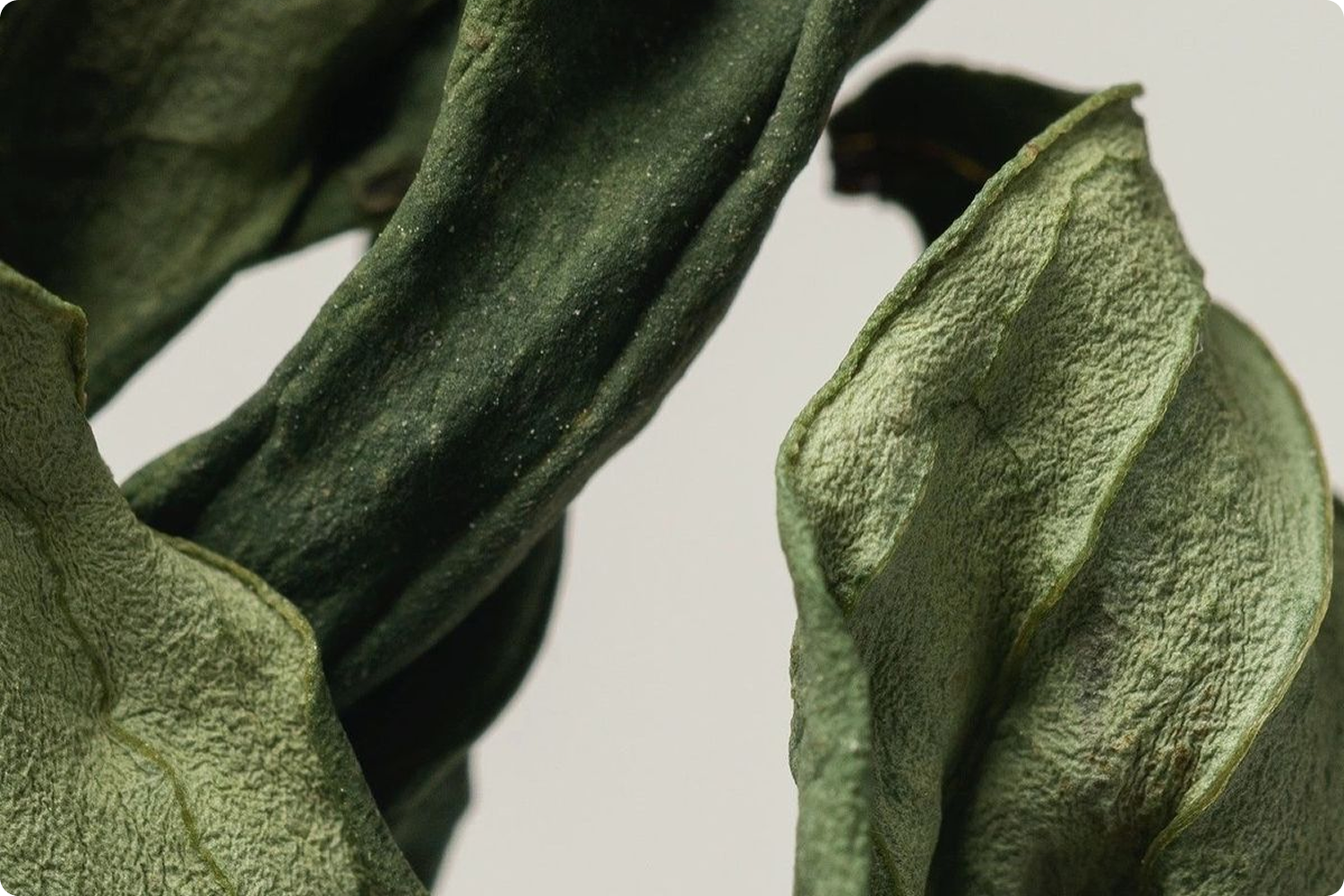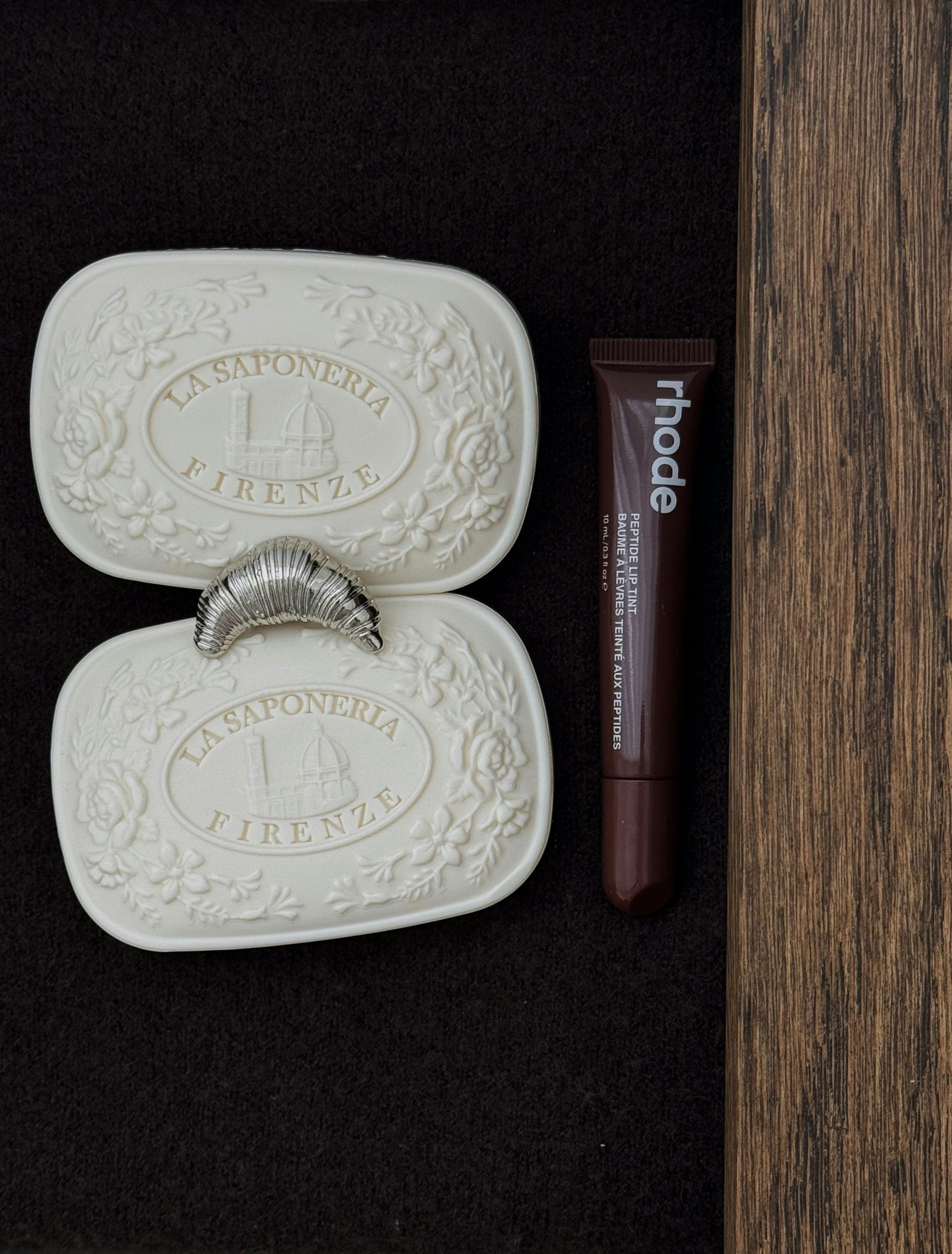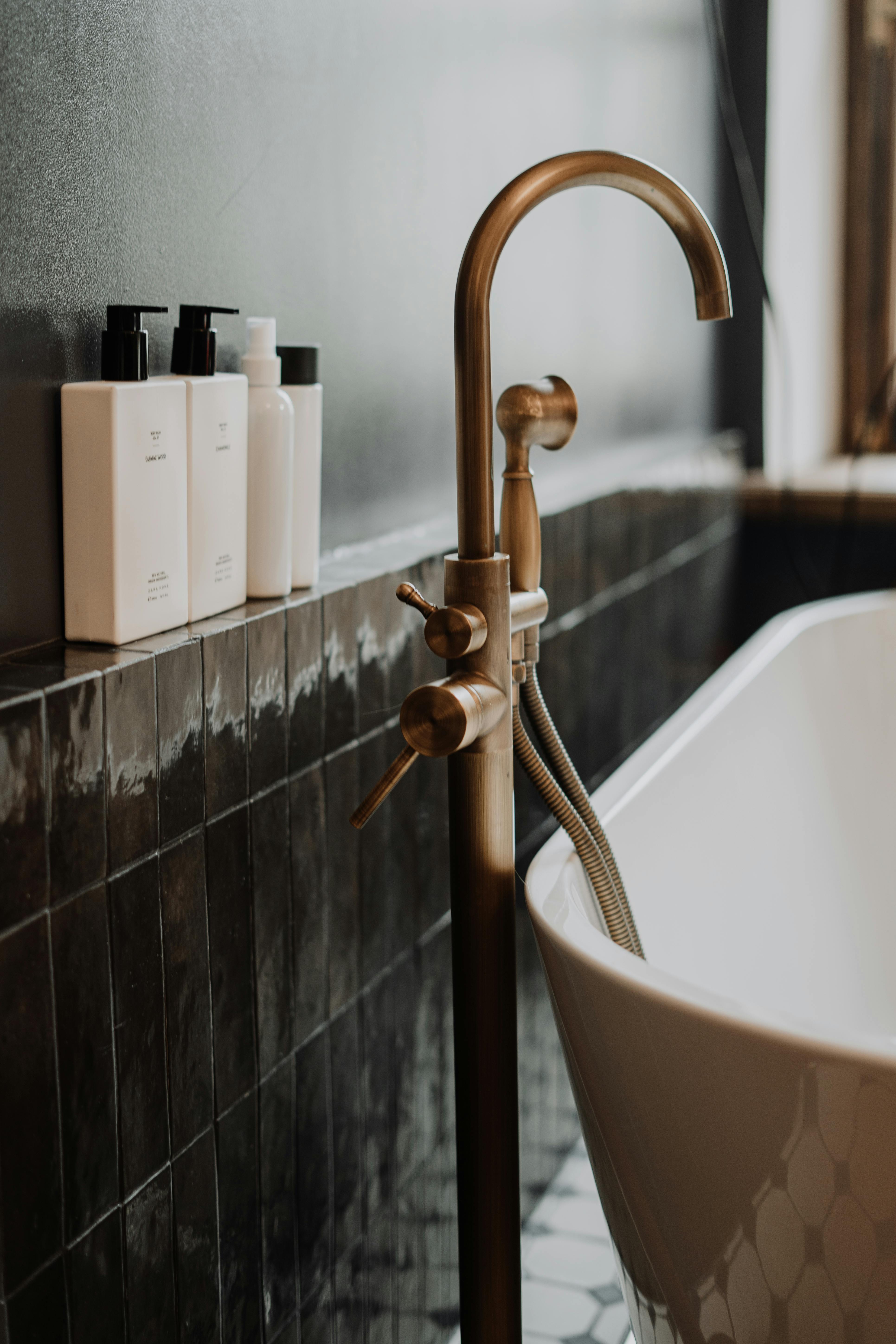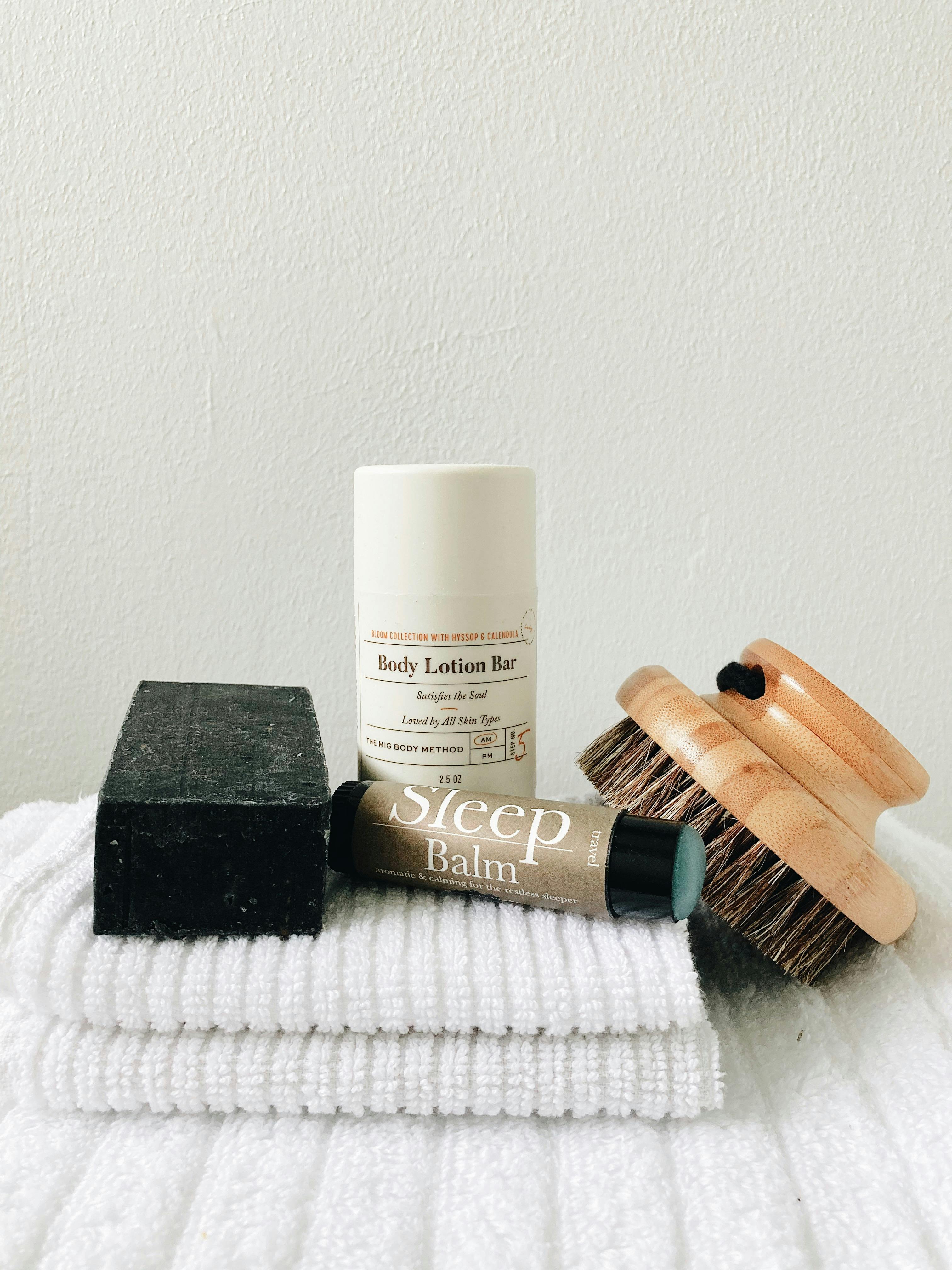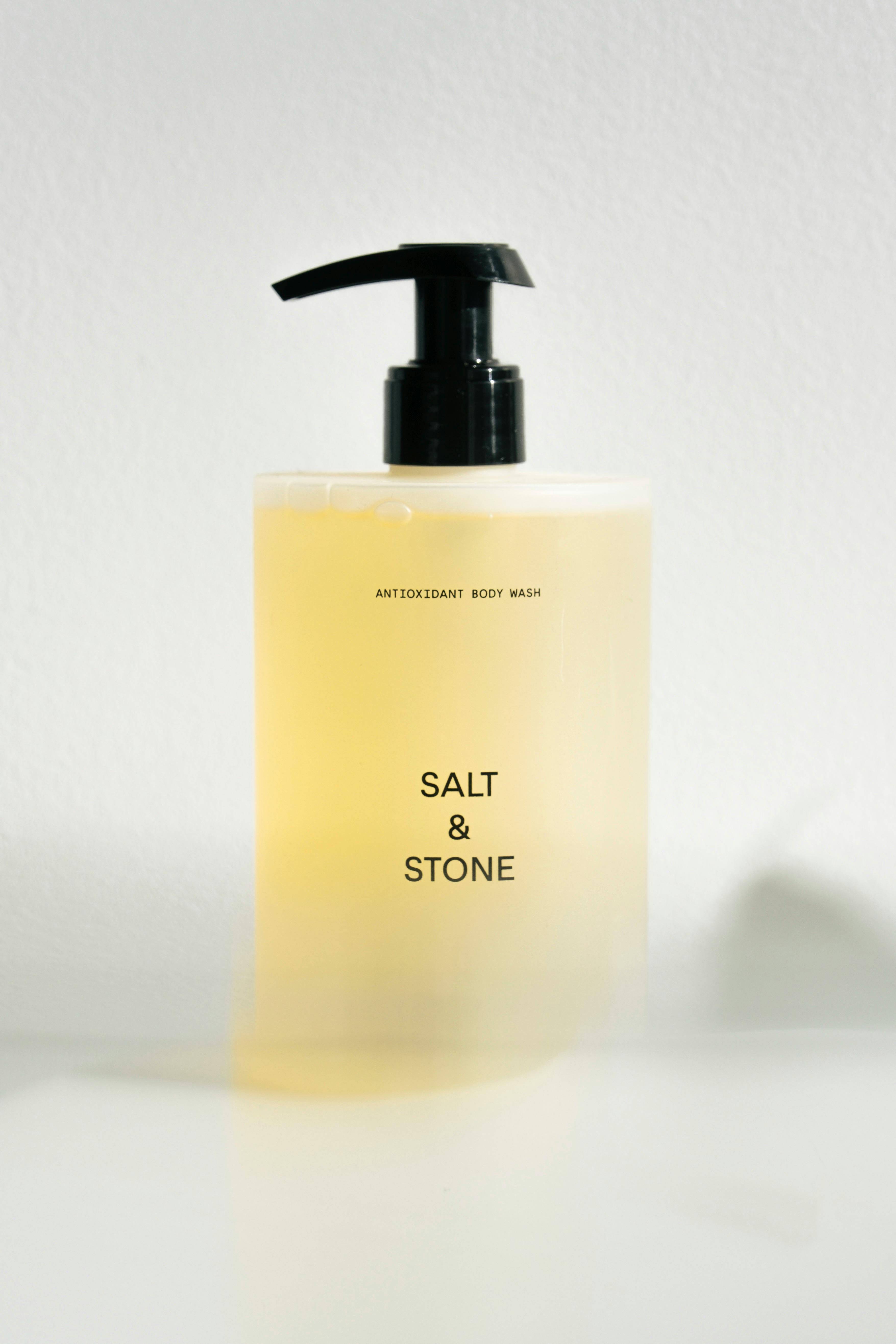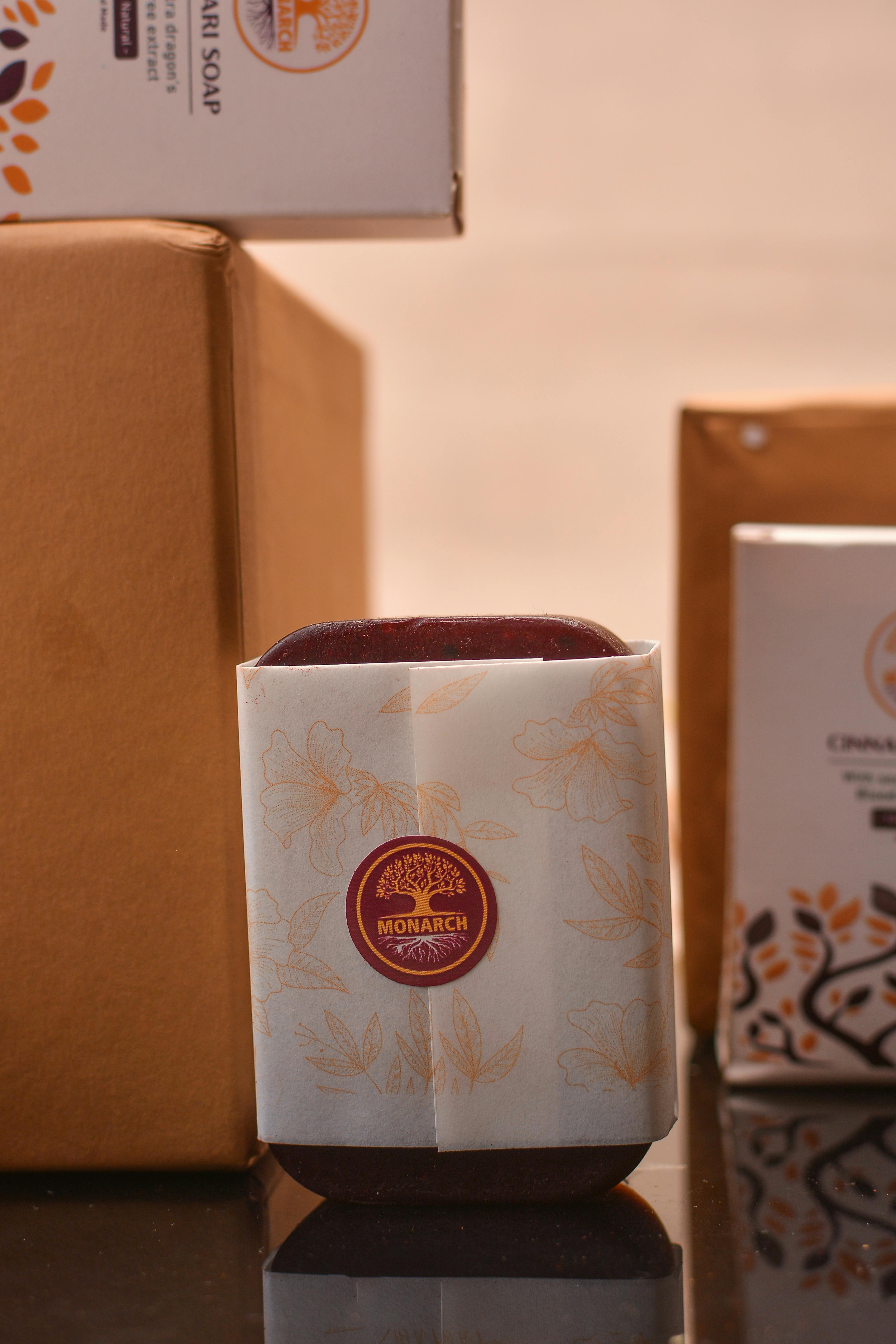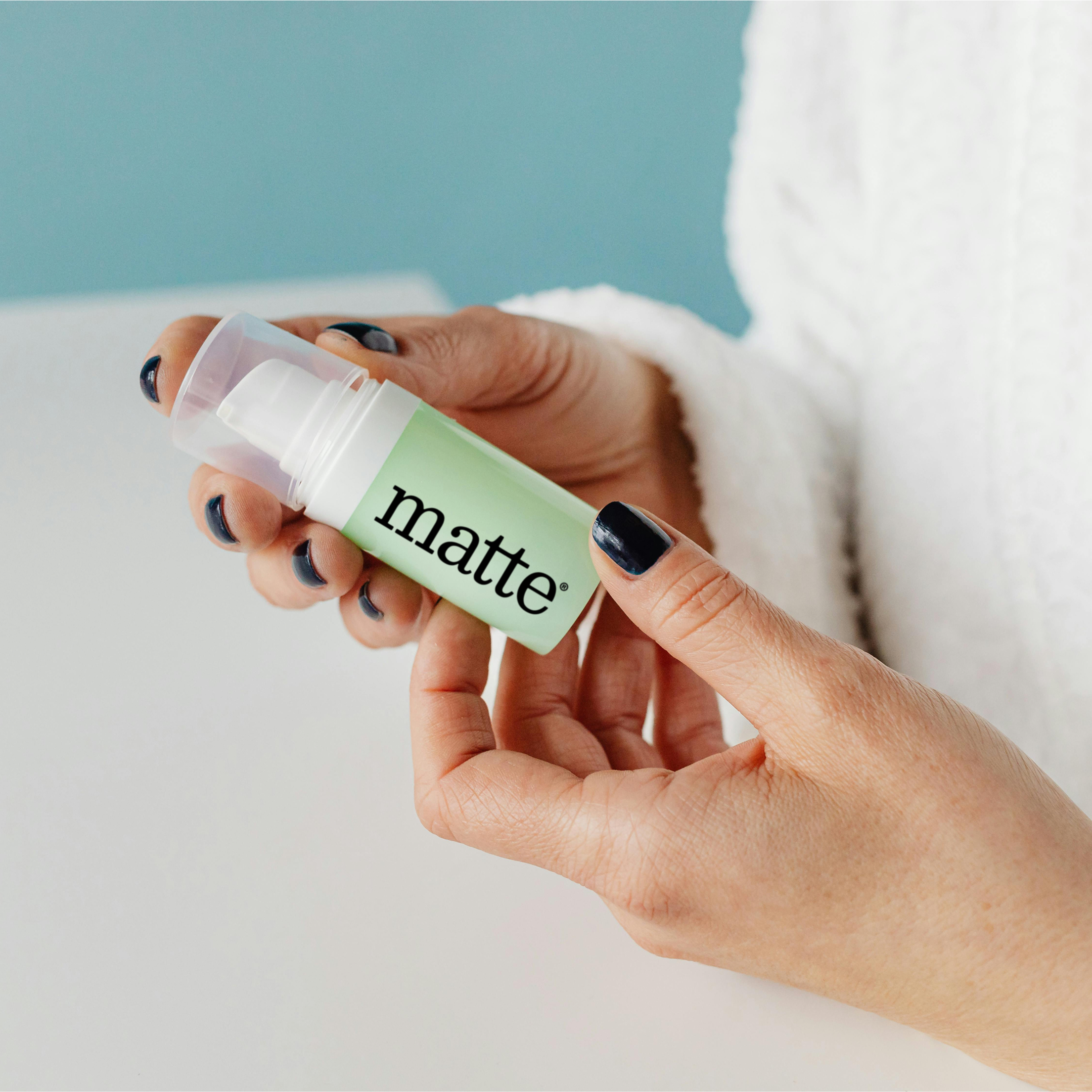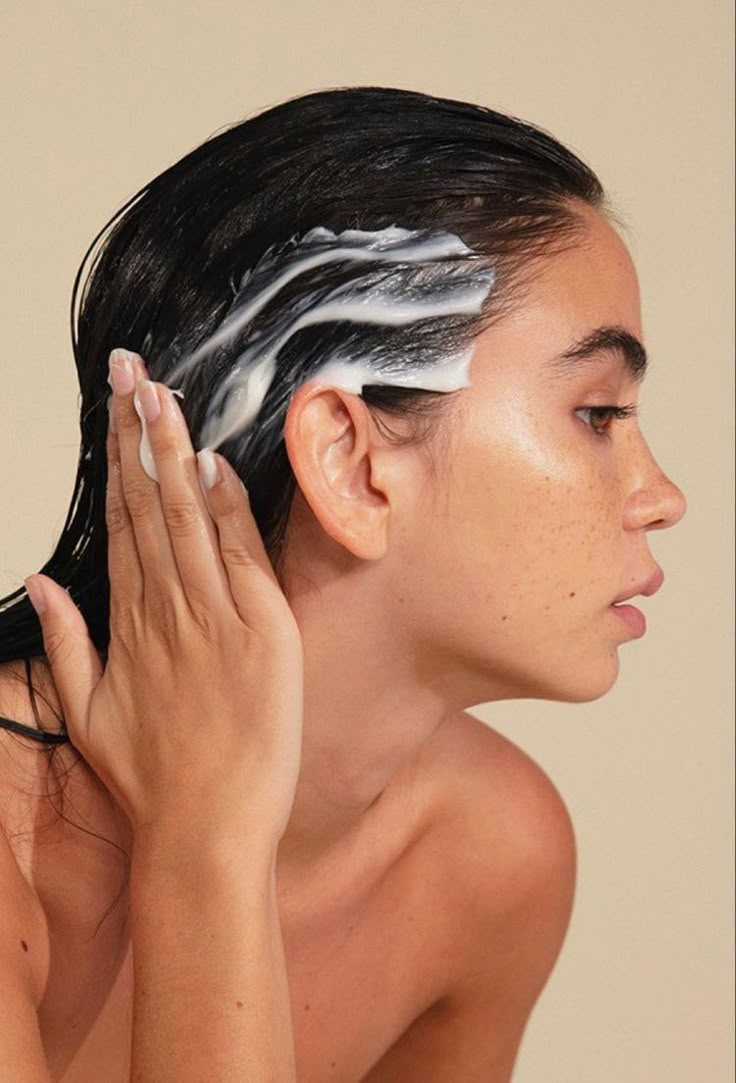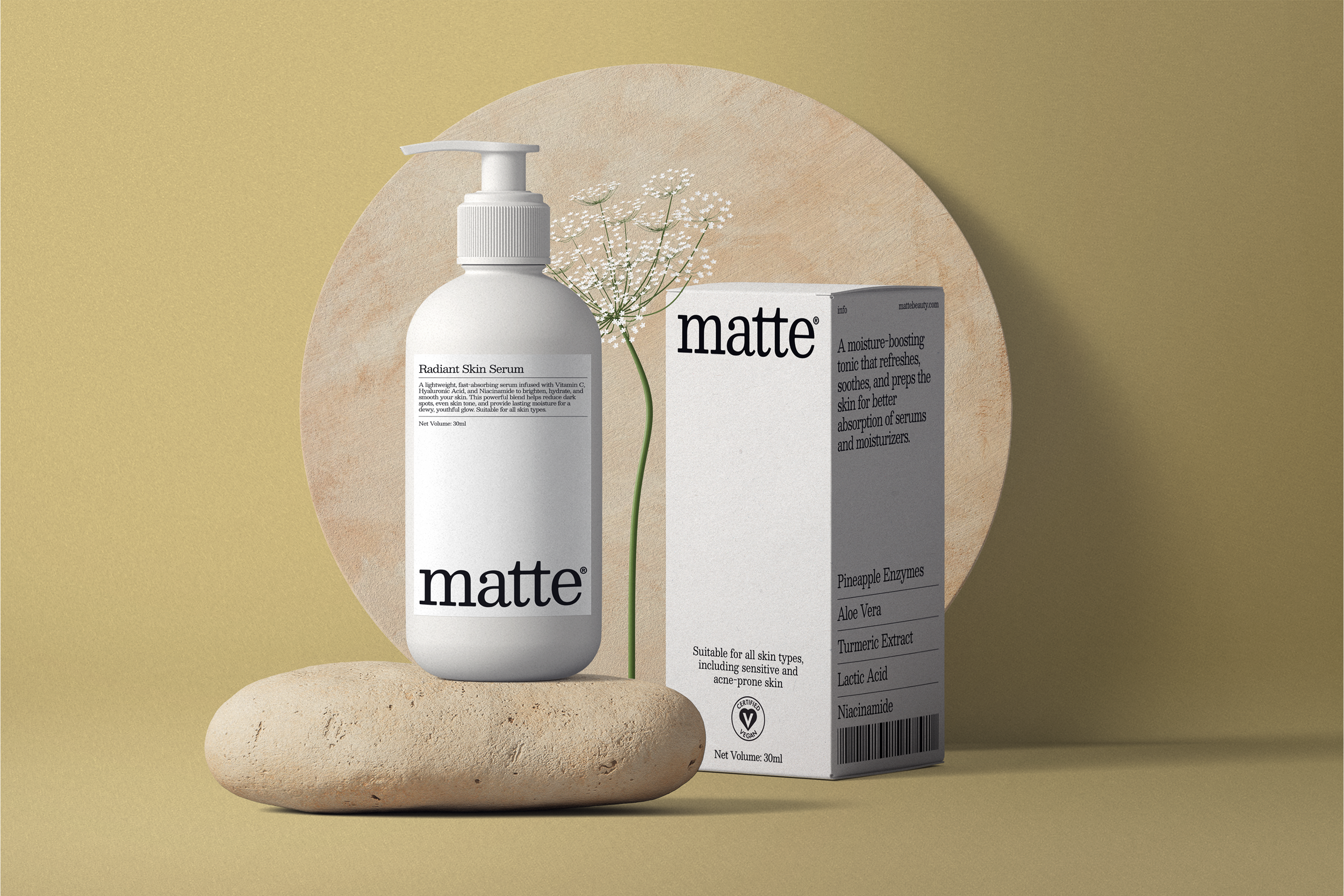Understanding Post-Acne Hyperpigmentation and Common Types
Post-acne hyperpigmentation represents one of acne's most persistent and frustrating aftereffects. Long after pimples have healed, these dark marks can remain for weeks, months, or even years without proper treatment. Unlike active acne, hyperpigmentation doesn't involve bacterial activity or clogged pores—instead, it results from your skin's inflammatory response to acne lesions, triggering excess melanin production that manifests as discoloration.

Dermatologists classify post-acne marks into several distinct types, each requiring slightly different treatment approaches. Post-inflammatory hyperpigmentation (PIH) appears as flat, darkened patches ranging from tan to deep brown, depending on your skin tone. These marks result from melanin overproduction and generally respond well to brightening ingredients and exfoliation. More common in deeper skin tones, PIH can persist for months or even years without intervention.
Post-inflammatory erythema (PIE), by contrast, presents as pink to red marks resulting from damaged capillaries rather than melanin deposits. These marks appear more frequently in lighter skin tones and may be temporarily blanched with pressure. PIE typically responds better to vascular-targeting treatments like pulsed dye lasers, though certain topicals can accelerate healing.
In severe or long-standing cases, true scarring may develop, representing permanent textural changes in the skin rather than simply discoloration. These include atrophic scars (depressions like ice pick or boxcar scars), hypertrophic scars (raised tissue within the original wound boundaries), and keloid scars (raised tissue extending beyond original wound boundaries). True scarring requires more intensive interventions beyond topical treatments.
Causes of Post-Acne Hyperpigmentation and Prevention Methods
Understanding the causes of post-acne marks provides the foundation for both treatment and prevention. The primary trigger involves the inflammation cascade—when your skin experiences injury from acne lesions, inflammatory mediators stimulate melanocytes (pigment-producing cells) to increase melanin production as part of the healing response. This protective mechanism becomes problematic when it creates lasting discoloration.
Several factors significantly increase hyperpigmentation risk. UV exposure tops this list, as it stimulates additional melanin production that worsens existing marks. Picking, squeezing, or otherwise manipulating acne lesions dramatically increases inflammation and subsequent hyperpigmentation risk—sometimes creating marks far worse than the original pimple would have left. Deeper skin tones naturally contain more active melanocytes, making darker-skinned individuals more susceptible to PIH.
Certain acne treatments, particularly those causing dryness or irritation, can inadvertently worsen hyperpigmentation by increasing inflammation. Genetic predisposition plays a role as well, with some individuals naturally more prone to hyperpigmentation responses regardless of their care techniques.
Prevention remains significantly easier than treatment. Implement a comprehensive approach including gentle, non-irritating acne treatments that resolve breakouts with minimal inflammation. Incorporate daily broad-spectrum sunscreen with SPF 30-50 to prevent UV-induced darkening of existing marks. Resist all temptation to pick or squeeze acne, allowing lesions to heal naturally with minimal tissue damage.
Early intervention proves crucial—begin treating emerging hyperpigmentation immediately rather than waiting for marks to become established. Maintain consistent skin barrier health through appropriate moisturization, as compromised barriers increase inflammatory responses. Finally, consider consulting a dermatologist for stubborn or cystic acne before significant hyperpigmentation develops.
6 Natural At-Home Methods for Treating Post-Acne Hyperpigmentation
Vitamin C - The "King" of Skin-Brightening Ingredients
Vitamin C has earned its reputation as royalty among brightening ingredients through well-established research demonstrating multiple beneficial mechanisms. This powerhouse antioxidant inhibits tyrosinase, the enzyme responsible for triggering melanin production, effectively interrupting the hyperpigmentation process at its source. Beyond this direct brightening action, vitamin C neutralizes free radicals that can trigger inflammatory responses and subsequent pigmentation.
For optimal results, dermatologists recommend L-ascorbic acid—vitamin C's most potent and research-backed form—at concentrations between 10-20%. This specific formulation penetrates skin effectively when properly formulated at pH levels between 2.5-3.5. Products combining vitamin C with vitamin E and ferulic acid provide enhanced stability and effectiveness, with studies showing this combination delivers 8x the photoprotection of vitamin C alone.
Incorporate vitamin C into your morning routine after cleansing and before sunscreen, as its antioxidant properties complement UV protection. Some temporary tingling may occur, especially at higher concentrations, but should subside as your skin adapts. Visible improvement typically begins within 4-6 weeks, with optimal results after 3 months of consistent use. Store your vitamin C products in dark, airtight containers away from light and heat, which can degrade this inherently unstable ingredient.

Niacinamide - Multi-Beneficial for Hyperpigmentation Issues
Niacinamide (vitamin B3) offers remarkable versatility for addressing post-acne marks through multiple complementary mechanisms. Research demonstrates its ability to inhibit melanosome transfer—the process by which pigment moves from melanocytes to surrounding skin cells—effectively preventing uneven pigmentation distribution. Its anti-inflammatory properties simultaneously help prevent new hyperpigmentation while addressing existing marks.
Beyond direct pigmentation effects, niacinamide strengthens the skin barrier, reducing susceptibility to irritation that can trigger inflammatory pigmentation. Studies show it helps regulate oil production and reduce pore appearance, addressing factors that contribute to future breakouts. This comprehensive approach makes niacinamide particularly valuable for those battling both active acne and its aftermath.
Most research supports niacinamide effectiveness at 4-5% concentration, though products containing up to 10% are widely available and well-tolerated by most skin types. This gentle ingredient rarely causes irritation, making it suitable even for sensitive complexions. For enhanced results, look for formulations combining niacinamide with other complementary ingredients like zinc, which provides additional oil regulation, or antioxidants that support its brightening effects.
AHA/BHA - Exfoliation and Hyperpigmentation Fading
Alpha and beta hydroxy acids (AHAs/BHAs) address post-acne hyperpigmentation through controlled exfoliation that accelerates cell turnover, effectively "unveiling" fresher, less-pigmented skin cells. AHAs like glycolic and lactic acid work primarily on the skin surface, dissolving the intercellular bonds that hold dead cells in place. BHAs like salicylic acid penetrate oil-filled pores, making them particularly effective for treating hyperpigmentation in acne-prone skin.
Glycolic acid, the smallest AHA molecule, penetrates most effectively to stimulate collagen production alongside its exfoliating benefits. Research supports its efficacy at concentrations between 5-10% for home use, with higher percentages available in professional treatments. Lactic acid offers similar benefits with added hydrating properties, making it suitable for drier or more sensitive skin types experiencing post-acne marks.
For optimal results without irritation, begin with lower concentrations (5% for glycolic acid, 2% for salicylic acid) used 2-3 times weekly, gradually increasing frequency as tolerance develops. Always follow acid treatments with moisturizer and sunscreen, as exfoliation temporarily increases photosensitivity. Those using retinoids should alternate nights with acid products rather than applying both simultaneously to prevent excessive irritation that could worsen hyperpigmentation.
Retinoids - Accelerating Cellular Regeneration
Retinoids—derivatives of vitamin A—fundamentally transform skin cell behavior, making them powerful allies against persistent hyperpigmentation. These compounds accelerate epidermal turnover, bringing fresh, unpigmented cells to the surface while simultaneously dispersing melanin granules that create visible discoloration. Their ability to regulate cell differentiation helps normalize pigmentation patterns disrupted during the acne healing process.
Different retinoid strengths offer varying benefits and irritation potential. Over-the-counter adapalene (0.1%) and retinol (0.25-1%) provide gentler options for beginners, while prescription tretinoin, tazarotene, or trifarotene deliver more potent effects for stubborn hyperpigmentation. Research confirms these stronger prescription options typically yield faster results but come with increased irritation potential that must be carefully managed.
Implementation requires strategic patience. Begin with application just 2-3 nights weekly, gradually increasing frequency as tolerance develops. Apply to completely dry skin (waiting 20-30 minutes after cleansing) to minimize irritation, and consider the "sandwich method"—applying moisturizer before and after retinoid—while your skin adjusts. Most users notice preliminary improvement within 8-12 weeks, with significant hyperpigmentation reduction typically requiring 6+ months of consistent use.

Azelaic Acid - Safe Solution for Sensitive Skin
Azelaic acid offers a uniquely comprehensive approach to post-acne marks, particularly for those with sensitive or rosacea-prone skin that cannot tolerate more aggressive treatments. This naturally-occurring dicarboxylic acid provides multiple benefits: it inhibits tyrosinase to reduce melanin production, delivers gentle exfoliation to remove pigmented cells, and offers anti-inflammatory and antibacterial properties that help prevent future breakouts and associated hyperpigmentation.
Clinical studies demonstrate azelaic acid's impressive efficacy against both post-inflammatory hyperpigmentation and erythema (redness), addressing the full spectrum of post-acne discoloration. Available in prescription strengths of 15-20% and over-the-counter formulations of 10%, azelaic acid proves remarkably well-tolerated even during pregnancy and breastfeeding—periods when many other hyperpigmentation treatments are contraindicated.
Apply azelaic acid once or twice daily (depending on concentration and skin tolerance) after cleansing and before moisturizing. While some users experience temporary tingling or mild itching during initial usage, these sensations typically subside within a few weeks. Improvements generally become visible within 4-6 weeks, with optimal results after 3-6 months of consistent application. Combine with niacinamide for enhanced effects, as research suggests these ingredients work synergistically against pigmentation concerns.
Tranexamic Acid - Treating Stubborn Hyperpigmentation
Tranexamic acid (TXA) represents one of dermatology's more recent additions to the hyperpigmentation treatment arsenal, demonstrating remarkable efficacy against particularly stubborn discoloration. Originally developed as a hemostatic medication, TXA works through an innovative mechanism: it blocks the interaction between keratinocytes and melanocytes, effectively interrupting the cellular communication that triggers excess pigment production after inflammation.
Research published in the Journal of Cosmetic and Laser Therapy demonstrates that topical tranexamic acid at 2-5% concentration significantly reduces PIH with minimal irritation, making it suitable for continuous long-term use. Unlike some other brightening ingredients, TXA specifically targets the vascular component of hyperpigmentation, addressing both the melanin overproduction and persistent redness that often characterizes post-acne marks.
Incorporate tranexamic acid into your routine by applying serums or moisturizers containing this ingredient once or twice daily. TXA works exceptionally well in combination with other brightening agents like niacinamide, kojic acid, or vitamin C, creating multi-pathway approaches to stubborn discoloration. Results typically become noticeable within 8-12 weeks, with continued improvement over 6+ months of consistent use.
6 Professional Methods for Treating Post-Acne Hyperpigmentation
Professional interventions offer accelerated results for persistent or severe post-acne hyperpigmentation. Chemical peels utilizing higher concentrations of glycolic acid (30-70%), TCA (15-25%), or salicylic acid (20-30%) provide deeper exfoliation than home treatments, significantly speeding pigment removal. These controlled injury treatments must be performed by qualified professionals who can select appropriate peel depth and monitor healing, with results typically visible after 1-3 sessions spaced 4-6 weeks apart.
Microneedling creates thousands of microscopic channels in the skin, triggering controlled healing responses while enhancing penetration of brightening ingredients applied during or immediately after treatment. This collagen induction therapy effectively addresses both pigmentation and minor textural concerns simultaneously. Most protocols recommend 3-6 sessions spaced monthly, with progressive improvement after each treatment.
Laser therapies provide targeted approaches to different types of post-acne discoloration. For pigmentation (PIH), Q-switched lasers or intense pulsed light (IPL) selectively target melanin deposits without damaging surrounding tissue. Vascular lasers like pulsed dye or KTP varieties specifically target the redness component (PIE). Typically requiring 3-5 sessions spaced 3-4 weeks apart, these treatments offer relatively quick results but require careful operator expertise to prevent worsening hyperpigmentation, particularly in deeper skin tones.
LED therapy, particularly blue and red light combinations, offers a gentler professional option that reduces inflammation while accelerating healing. These treatments require more frequent sessions (typically weekly for 6-8 weeks) but present minimal risk and downtime, making them suitable for sensitive skin types or those unable to tolerate more aggressive interventions.
For persistent or deep hyperpigmentation, dermatologists may recommend prescription-strength hydroquinone (4-8%) for short-term use, typically in 3-month cycles to prevent paradoxical darkening or ochronosis with prolonged exposure. This powerful tyrosinase inhibitor often combines with tretinoin and mild corticosteroids in formulations known as "triple cream," offering enhanced results for particularly stubborn discoloration.
Dermabrasion and microdermabrasion provide mechanical exfoliation options that physically remove layers of pigmented skin cells. While traditional dermabrasion has largely been replaced by less invasive options, diamond-tip microdermabrasion offers controlled superficial exfoliation suitable for mild to moderate hyperpigmentation, typically requiring 6-10 weekly sessions for optimal results.
Comprehensive Skincare Routine for Effective Hyperpigmentation Treatment
A systematic approach yields the best results when targeting post-acne marks. Begin mornings with a gentle, non-stripping cleanser—ingredients like ceramides or hyaluronic acid support barrier function without irritation that could worsen pigmentation. Follow immediately with antioxidant treatment, prioritizing stabilized vitamin C serums (L-ascorbic acid 10-20%) to both brighten existing marks and prevent new discoloration through photoprotection.
Apply a lightweight, hydrating product containing niacinamide (4-10%) to regulate pigmentation processes while supporting barrier repair. Complete morning protection with broad-spectrum SPF 30-50, preferably containing iron oxides that shield against both UV and visible light—both capable of stimulating melanin production. Reapply sunscreen every 2 hours during daylight exposure, as consistent photoprotection remains non-negotiable for hyperpigmentation treatment success.
Evening routines should focus on repair and cellular turnover. Double cleanse to thoroughly remove sunscreen and environmental pollutants that can trigger inflammation. On alternating nights, apply either retinoids (adapalene, tretinoin, or retinol) or chemical exfoliants (AHA/BHA), allowing each active ingredient dedicated nights to prevent irritation. Those with resilient skin may eventually progress to nightly retinoid use with twice-weekly acid exfoliation, but this advanced approach requires cautious implementation.
Follow actives with targeted treatments containing tranexamic acid, azelaic acid, licorice extract, or alpha-arbutin to provide multiple pathways for pigment reduction. Complete with a restorative moisturizer containing ingredients like ceramides, peptides, or centella asiatica that support barrier function and reduce inflammation that could trigger new hyperpigmentation.
Weekly treatments support this daily regimen. Incorporate a brightening mask containing niacinamide, vitamin C derivatives, or gentle fruit enzymes 1-2 times weekly. Consider at-home LED red light therapy to reduce inflammation and accelerate healing. For those experiencing active breakouts alongside hyperpigmentation, incorporate spot treatments with ingredients that combat acne without excessive irritation, such as salicylic acid or benzoyl peroxide, applied precisely to minimize contact with surrounding skin.
Review of 5 Dermatologist-Recommended Products for Hyperpigmentation
SkinCeuticals C E Ferulic consistently receives dermatologist praise for its research-backed formulation combining 15% L-ascorbic acid with vitamin E and ferulic acid, creating a synergistic effect that enhances efficacy and stability. This serum delivers exceptional antioxidant protection while significantly reducing hyperpigmentation through tyrosinase inhibition. Though premium-priced ($169/30ml), its precisely balanced pH (2.5-3.0) and concentration maximize L-ascorbic acid benefits, with clinical studies demonstrating visible pigmentation reduction within 8-12 weeks of consistent use. The formula's distinctive scent dissipates quickly, and its dropper packaging should be stored away from light to maintain potency.
Paula's Choice 10% Azelaic Acid Booster offers an accessible yet effective option combining clinical-strength azelaic acid with salicylic acid and brightening plant extracts. This multi-tasking formula simultaneously tackles hyperpigmentation, texture issues, and prevents new breakouts—making it ideal for those still experiencing occasional acne alongside post-inflammatory marks. The lightweight cream-gel texture layers well within routines, causing minimal irritation even on sensitive skin. At approximately $36/30ml, it provides excellent value compared to prescription-strength alternatives, with users typically reporting visible fading of recent marks within 6-8 weeks of twice-daily application.
Naturium Tranexamic Acid Serum 5% delivers this innovative ingredient at optimal concentration alongside vitamin C and niacinamide for multi-pathway brightening. The water-light serum absorbs rapidly without residue, making it suitable for all skin types and easily incorporated into existing routines. Particularly effective for stubborn discoloration resistant to other treatments, this affordable option ($25/30ml) has earned dermatologist recommendation for its minimal irritation potential and visible results within 8-12 weeks of consistent use.
La Roche-Posay Adapalene Gel 0.1% provides prescription-strength retinoid benefits in an over-the-counter formulation specifically approved for acne—though dermatologists frequently recommend it for associated hyperpigmentation. This fragrance-free, non-comedogenic gel delivers controlled cellular turnover that effectively targets both active breakouts and their aftermath. At approximately $30/45g, it represents excellent value considering a single tube typically lasts 2-3 months with nightly application. Most users notice improved skin clarity within 6-8 weeks, though full resolution of deeper hyperpigmentation may require 12+ weeks of consistent use.
Skinceuticals Discoloration Defense presents a comprehensive brightening serum combining 3% tranexamic acid, 1% kojic acid, 5% niacinamide, and 5% HEPES (a gentle exfoliant). This multi-faceted approach addresses various hyperpigmentation pathways simultaneously, making it particularly effective for stubborn or longstanding marks. Though investment-priced ($98/30ml), clinical studies show impressive results—60% improvement in pigmentation intensity after 12 weeks of twice-daily application. The lightweight formula causes minimal irritation, making it suitable for continuous long-term use until desired results are achieved.
Through consistent application of these dermatologist-recommended approaches—whether at-home treatments, professional interventions, or comprehensive skincare routines—post-acne hyperpigmentation can be effectively addressed. Remember that successful treatment requires both patience and diligence; most pigmentation issues develop over months and likewise require sustained treatment for complete resolution. By combining appropriate active ingredients with religious sun protection and inflammation prevention, even the most stubborn post-acne marks can eventually fade, revealing the clear, even-toned complexion beneath.
Tags: #acnehyperpigmentation #darkspotsremedy #postacnemarks #vitaminCforpigmentation #retinolforhyperpigmentation #niacinamideserum #azaleicacidbenefits #postscartreatment #tranexamicacidserum #hyperpigmentationtreatment #dermatologistsrecommended #PIHtreatment #acnescarsolution #ahafordarksports #darkspotcorrector #pigmentationfading #postinflammatorymarks #acnepigmentation #skinbrightening #darkspotserum



